Unlocking the Science of Clean: How Vacuum Filtration Systems Revolutionize Water Purification
In an era where water scarcity and contamination pose significant challenges globally, the vacuum filtration system has emerged as a pivotal technology in the realm of water purification. According to the World Health Organization, approximately 2 billion people lack access to safely managed drinking water services, highlighting the urgent need for effective filtration solutions.
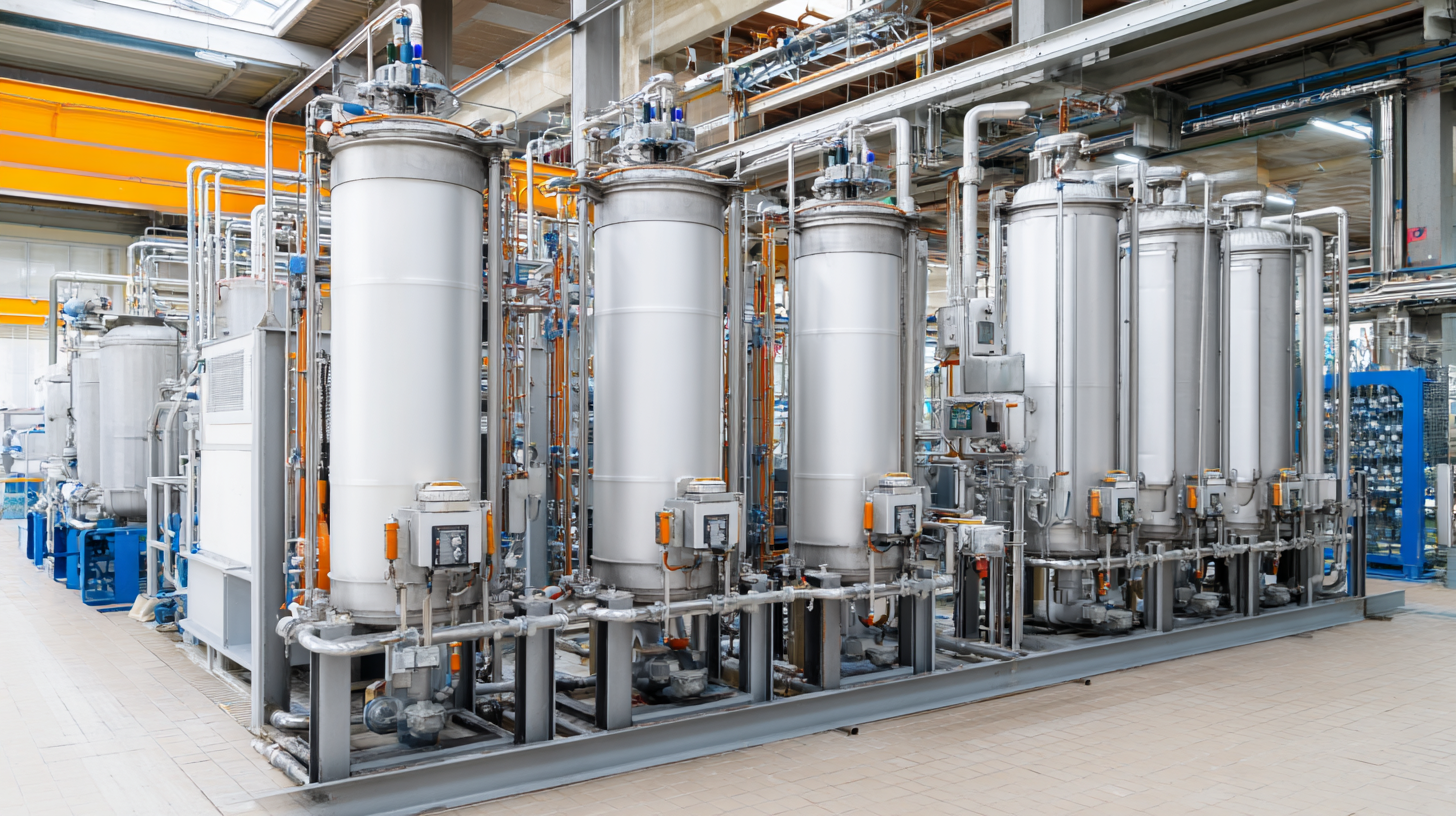 Vacuum filtration systems offer a unique approach by utilizing negative pressure to accelerate the filtration process, thereby enhancing efficiency and ensuring the removal of particulate matter and pathogens. Recent studies indicate that these systems can achieve up to 99.99% removal of contaminants when paired with advanced membrane technologies, illustrating their effectiveness in both industrial and municipal applications. As the demand for clean water continues to rise, understanding how to harness the power of vacuum filtration systems will be crucial in addressing the world's pressing water purification challenges.
Vacuum filtration systems offer a unique approach by utilizing negative pressure to accelerate the filtration process, thereby enhancing efficiency and ensuring the removal of particulate matter and pathogens. Recent studies indicate that these systems can achieve up to 99.99% removal of contaminants when paired with advanced membrane technologies, illustrating their effectiveness in both industrial and municipal applications. As the demand for clean water continues to rise, understanding how to harness the power of vacuum filtration systems will be crucial in addressing the world's pressing water purification challenges.
Understanding Vacuum Filtration: The Science Behind Water Purification
Vacuum filtration is a pivotal technique in the realm of water purification, harnessing the power of negative pressure to effectively remove contaminants from water. The process involves drawing water through a filter medium using a vacuum pump, which facilitates a swift and efficient separation of impurities from the desired liquid. Unlike traditional gravity-driven filtration, vacuum filtration offers enhanced speed and clarity, making it ideal for both industrial applications and household water purification.
**Tips:** When setting up a vacuum filtration system, ensure that the filter membrane is compatible with the types of contaminants present in your water. Regularly check for any blockages in the filtration system, as these can lead to reduced efficiency and longer processing times.
Understanding the science behind this method not only empowers individuals to choose better water purification solutions but also highlights the importance of maintaining clean water sources. The use of vacuum technology has revolutionized how we approach water filtration, allowing for the removal of microscopic particles and even pathogens, thus ensuring access to safer, cleaner water for everyone.
**Tips:** For optimal performance, monitor the vacuum pressure during operation and adjust it as necessary. Consider conducting periodic maintenance to prolong the lifespan of your filtration system and guarantee consistent water quality.
Unlocking the Science of Clean: How Vacuum Filtration Systems Revolutionize Water Purification
| Parameter | Description | Benefits | Applications |
|---|---|---|---|
| Filtration Medium | Materials used to filter contaminants, such as activated carbon, silica gel, or membranes. | Effective removal of impurities, improved taste, and odor reduction. | Water treatment plants, laboratories, and industrial processes. |
| Vacuum Pressure | The negative pressure created to draw water through the filtration medium. | Faster filtration rates and reduced processing time. | Municipal water facilities, wastewater treatment. |
| Contaminant Types | Common pollutants like bacteria, viruses, heavy metals, and particulates. | Enhanced removal of a wide array of harmful substances. | Drinking water purification and industrial effluent treatment. |
| System Durability | The longevity of filtration systems under operational conditions. | Lower maintenance costs and reduced need for replacements. | Long-term water treatment solutions in various sectors. |
| Environmental Impact | Effect of filtration systems on ecology and waste generation. | Sustainable practices and reduction of waterborne waste. | Eco-friendly industrial processes and green facilities. |
Key Benefits of Vacuum Filtration Systems in Water Treatment
Vacuum filtration systems have emerged as a transformative method in water treatment, offering a range of key benefits that enhance water purification processes. One significant advantage is their efficiency in removing contaminants. By employing negative pressure, these systems accelerate the filtration process, allowing for quicker separation of solids from liquids. This rapid processing not only saves time but also increases the throughput of treated water, making it ideal for both small-scale and large-scale applications.
Additionally, vacuum filtration systems contribute to improved water quality. They can effectively filter out particulate matter, microorganisms, and other pollutants, ensuring that the purified water meets stringent safety standards. This capability is particularly valuable in industries where water quality is paramount, such as pharmaceuticals and food production. Furthermore, the use of vacuum filtration reduces the necessity for chemical treatments, resulting in more environmentally friendly operations and lowering the risk of chemical residues in treated water. Overall, the integration of vacuum filtration systems represents a significant leap forward in modern water treatment technologies.
Essential Tips for Choosing the Right Vacuum Filtration System
When it comes to selecting a vacuum filtration system for effective water purification, there are several essential tips to consider. First and foremost, evaluate the system's filtration capacity. Look for models that specify their pore size, as this will determine the types of contaminants the system can effectively remove. A smaller pore size is generally better for capturing micro-particles, ensuring that your water is not just clean but also safe for consumption.
Next, consider the material and build quality of the filtration system. Stainless steel or high-grade plastic options tend to offer durability and resistance to corrosion, particularly in systems that will be exposed to varying chemical compositions in water. Additionally, check for compatibility with your current setup—whether it's for household use or larger-scale applications—to ensure seamless integration into your existing water treatment processes.
Lastly, pay attention to maintenance requirements. Choose a system that is easy to clean and has replaceable filters that are readily available. Regular maintenance not only enhances the longevity of the vacuum filtration system but also ensures that it operates at peak efficiency, providing you with consistently purified water without the hassle of frequent repairs.
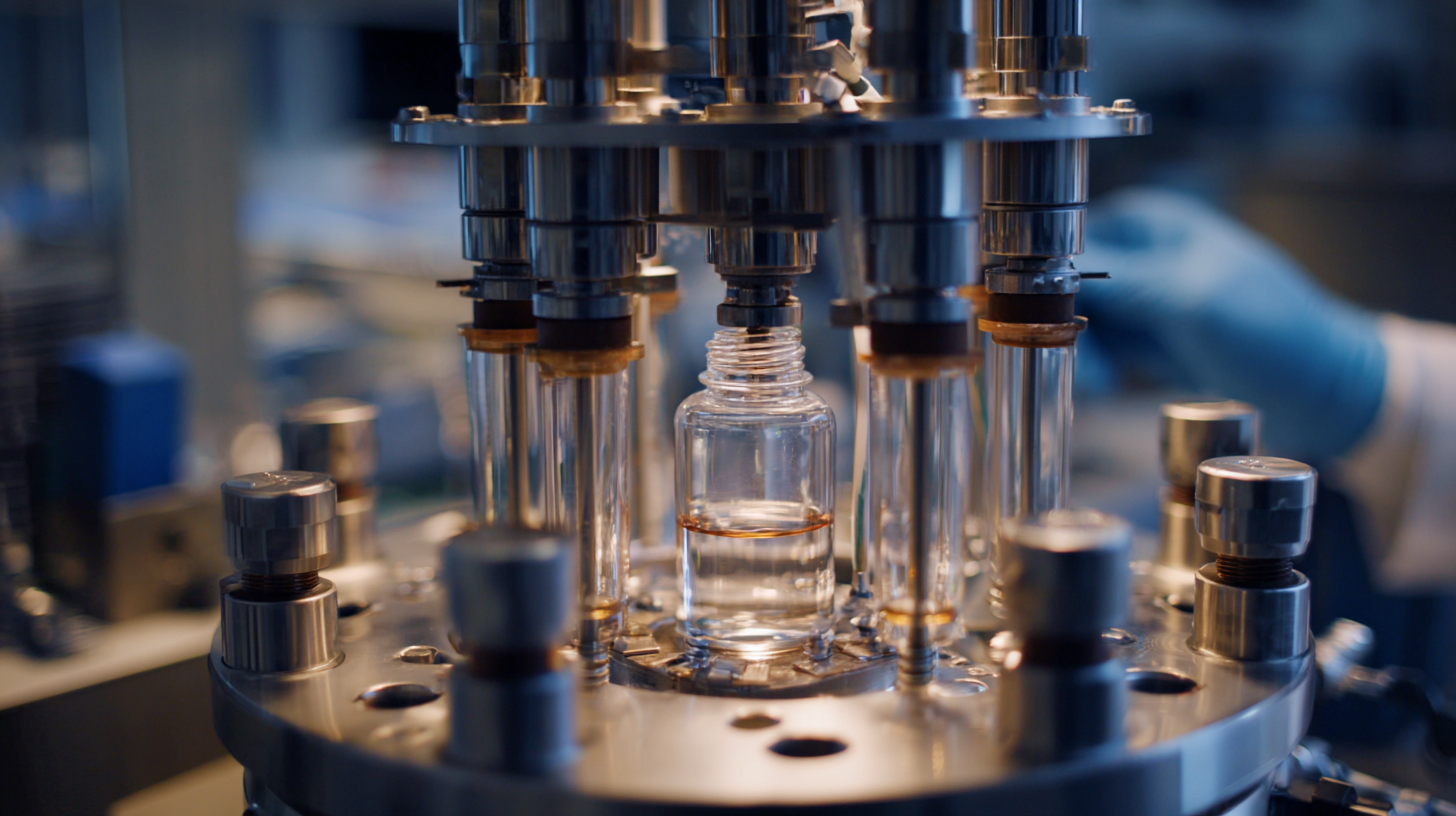
Common Mistakes to Avoid When Using Vacuum Filtration Techniques
When employing vacuum filtration techniques for water purification, ensuring optimal performance requires avoiding common mistakes. One prevalent error is the improper selection of filter media. According to a report by the Water Quality Association, nearly 30% of users fail to choose a filter that effectively traps the target contaminants, leading to insufficient purification. For instance, using a coarse filter for fine particulate matter can result in clogged filters and reduced efficiency, wasting both time and resources.
Another critical mistake is neglecting to regularly maintain and calibrate the vacuum system. A study published in the Journal of Environmental Engineering revealed that poorly maintained filtration systems can decrease flow rates by up to 50%, significantly diminishing their purifying capabilities. Regular checks on vacuum pressure and ensuring seals are intact are essential steps to maximize the system’s efficacy. Moreover, operators should be cautious about overfilling filter chambers, which can compromise the filtration process and lead to sample contamination. By addressing these common pitfalls, users can significantly enhance the effectiveness of vacuum filtration systems in achieving cleaner water.
Water Purification Efficiency of Different Filtration Systems
This bar chart illustrates the efficiency of various filtration systems in water purification, showcasing their effectiveness in removing contaminants.
Future Trends in Vacuum Filtration Technology for Clean Water Solutions
Vacuum filtration technology is poised to transform water purification processes in the coming years. As the demand for clean water intensifies globally, advancements in vacuum filtration systems are leading the way in providing efficient and sustainable water solutions. Future trends indicate that innovations such as membrane technology, which enhances particle separation, will significantly improve filtration rates and reduce energy consumption. This shift not only optimizes existing purification methods but also opens new avenues for treating contaminated water sources effectively.
Moreover, the integration of automation and smart technologies into vacuum filtration systems is set to redefine operational standards. Sensors and AI-driven analytics will enable real-time monitoring and adjustments, ensuring optimal performance and minimizing waste. These technological advancements promise to enhance scalability, making high-quality water accessible even in remote or resource-limited regions. As researchers continue to explore new materials and methods, the vacuum filtration landscape will undoubtedly evolve, offering cleaner, safer water solutions for communities around the world.

Related Posts
-

Unwavering Quality from Trusted Chinese Manufacturers Featuring the Best Vacuum Filtration Systems
-
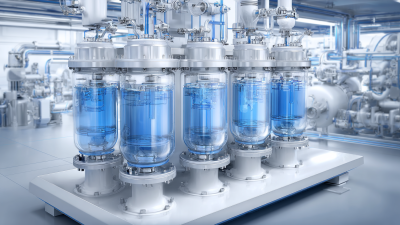
The Future of Advanced Vacuum Filtration Solutions
-

How to Optimize Cross Flow Filtration for Maximum Efficiency in Industrial Applications
-

Innovative Examples of Ultra Pure Water Purification Systems Transforming Industrial Standards
-
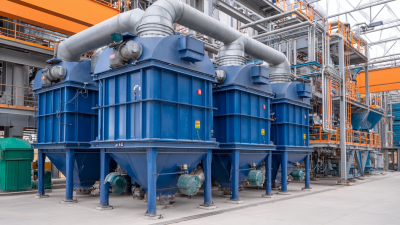
7 Reasons Why Bag Filter Systems are Essential for Reducing Industrial Emissions
-
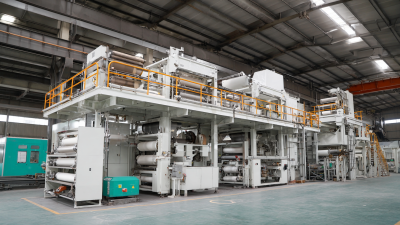
Ultimate Guide to Choosing the Right Bagasse Plate Making Machine for Your Business